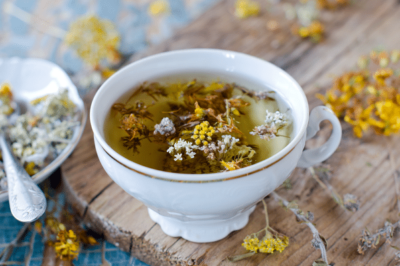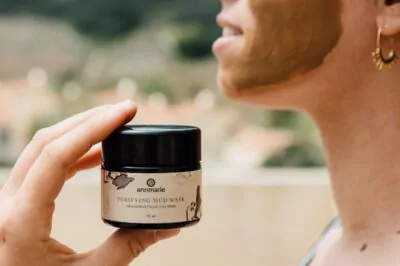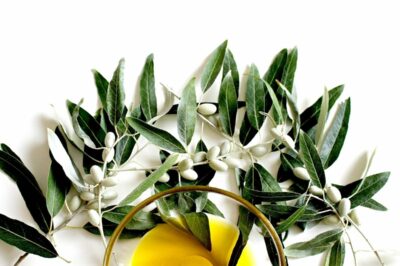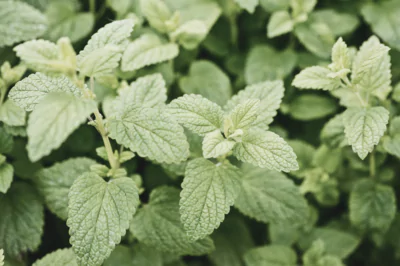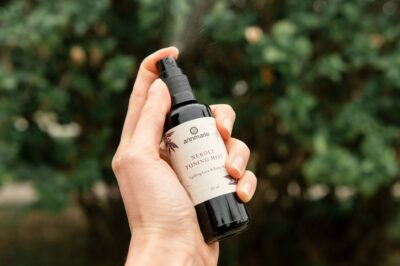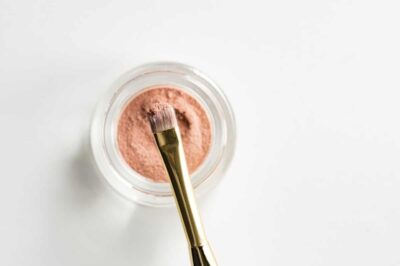Are you chronically fatigued? Having some brain fog and maybe getting a sick more often than the people around you?
You might want to have a hemoglobin test to check out how much iron you have in your bloodstream. Iron deficiency is one of the most common deficiencies in the US and it can lead to iron-deficient anemia, which can be a pretty serious health concern.
What is Iron and What Does it Do for Us?
When I say iron, I do mean that same mineral that we mine, use for silverware and car parts. We only need a little bit in our bodies (about 1.8mg per day) and our bodies are able to store 6-12 months of our iron needs just in case of depletion.
Even though it doesn’t take much to fill our stores, it’s vitally important to have the right amount of iron in our body because it is found in every cell and is an essential component of the creation of blood. It is a main component in the protein hemoglobin, which helps to carry oxygen to our organs and tissues. It is also found in our muscles where it helps to accept, store, transport, and release oxygen. Iron is also an important part of proper metabolism, immune function, building collagen, healthy nervous system functioning, some neurotransmitters and brain activity.
Iron Depletion and Balance
There are two main causes of iron deficiency. Either there just isn’t enough available or there isn’t enough being absorbed.
Consumption
We’re not able to produce iron in our bodies, so we have to be able to get it elsewhere. So if the loss or use of iron is greater than the intake of the iron in the body, the body could become depleted.
The most common cause of iron deficiency this way has to do with some sort of blood loss—anything from a heavy menstrual cycle to an internal bleed (from a nasty accident) can cause this kind of deficiency.
It can also be caused by lack of iron in the diet. People that fill up on junk foods and highly processed foods aren’t getting the iron that their body needs so they might dip into their reserves and become depleted. Most people in this category can get what they need through changes in diet and short term supplementation.
Foods Rich in iron
The body is really great at taking what it needs to store or use and filtering out the rest. So, getting iron through food is preferable to supplementation. There are a lot of foods that can increase the amount of iron in your blood and it shouldn’t come as a surprise that they’re primarily whole foods.
There are a couple of different types of iron that can be absorbed by the body. To make it simple, there is plant iron and animal iron. Plant iron needs to be converted by the body into a useable form, whereas iron from animal products are already in a useable form because the animal converted it.
Plants that are rich in iron:
- every kind of green (the darker the better)
- beets
- cabbage
- corn
- tomatoes
- lima beans
- potatoes
Animal products that are rich in iron:
- lean beef,
- pork,
- lamb,
- chicken
- fish
If you’re like me and you get a little bit depleted sometimes (even when you’re eating all the right things), try making broth from the extra veggies that are a little too old to eat but aren’t ‘bad’ yet. I leave my crock pot on low, filled with water and a bit of apple cider vinegar (this helps to pull our minerals even better) and just add the old veggies. I keep it on the counter all the time and almost always have it going. I use that broth in other recipes (soups, pancake mix, pasta sauce, everything I can think of) to increase the overall mineral content of the recipe. I’ve even taken just the broth camping with me and heated it up for a quick boost!
Absorption
The other way that iron deficiency shows up is when there is enough iron actually available, but the body isn’t able to absorb it. Because iron from animal sources are more easily absorbed into the body, meat eaters are much less at risk of having an issue absorbing the iron through their food.
Iron from vegetable sources need an extra boost and that boost has to come during the same meal. Vitamin C (ascorbic acid) functions as the key to helping absorption rates of the veges. Luckily, most green vegetables are also high in vitamin C (and lots of other vitamins and minerals), but it’s important to note that the amount of vitamin C in a meal can make a pretty big difference in how much iron is absorbed by the body.
There are also some things that lower the body’s ability to absorb iron from food. Coffee or tea with a meal or an hour later (as opposed to an hour before), phytates (like in legumes, whole grains) and calcium (both supplemented and from dairy) can all inhibit iron absorption—though recent studies suggest that the inhibition from phytates can be counteracted by ascorbic acid and that calcium’s effect on iron absorption is short term.
What scientists are really discovering seems to be that the body uses iron in so many different ways and it’s so important that overall iron levels and stores seem to be pretty forgiving. Each meal makes a difference with this mineral!
Balance
I wanted to make a note here that it is possible to have too much iron in your bloodstream and scientists have found potential links to different diseases like Alzheimer’s, Parkinson’s, heart disease, and diabetes. For the most part, the body is totally fine regulating iron stores when iron is coming from foods (of course, there’s always exceptions to that) and it’s typically iron supplements that cause this excess iron. If you’re working with any type of iron imbalance, make sure you’re getting regular testing done to keep your health in check.
An Iron Tonic Recipe
This is a great folk recipe that I tailored to myself for heavy menstrual cycles but it’s awesome for times when I’m just feeling fatigued and depleted too.
Be warned that it has a strong flavor! You can add some honey and other herbs (cinnamon and clove and ginger are great) that you like along with it. Feel free to play around with the recipe and find what works for you. If you do decide to work around with it, I would suggest keeping in the Yellow Dock Root, Nettle, Rose Hips and molasses for high iron, mineral, vitamin C content and absorption.
Sometimes I like to spread it out a bit more in a day so I’ll make this concentrated tea and add it to my water about 50/50 all day.
Ingredients:
2 big pinches of Tulsi
2 big pinches of Nettle
1 big pinch of Astragalus Root
1 big pinch of Dandelion Root
1 big pinch of Yellow Dock Root
1 pinch of Rose Hips or Schizandra Berry
1 quart of water
¼ cup of blackstrap molasses
Directions:
Put the water, Astragalus Root, Dandelion Root, Yellow Dock Root, and Rose Hips/Schizandra Berry in a pan on the the stove and bring to a simmer for about 15 minutes. Turn off the stove and add the Tulsi, Nettle, and blackstrap molasses. Let it sit for about 20 minutes. Strain and enjoy!
* As always, you can find herbs at your local store or through online stores like Mountain Rose Herbs.
While this is helpful for most people, there are medical conditions that require supplementation so if you’re working with anemia, or you think that you might be. It’s important to have regular blood tests done and to work with your doctor to make sure that you’re getting the iron that you need and that it’s absorbing adequately into your bloodstream.
Sources:
UCSF Medical Center – Hemoglobin and the Functions of Iron
Medicine Net – Iron and Iron Deficiency
Berkeley Wellness – The Good and Bad of Iron
Journal of Nutrition – Iron Deficiency Alters Brain Development and Functioning
PubMed – Calcium and iron absorption–mechanisms and public health relevance.
PubMed – Calcium and iron absorption–mechanisms and public health relevance.
PubMed – Inhibition of food iron absorption by coffee.
PubMed – Wheat fiber, phytates and iron absorption.
